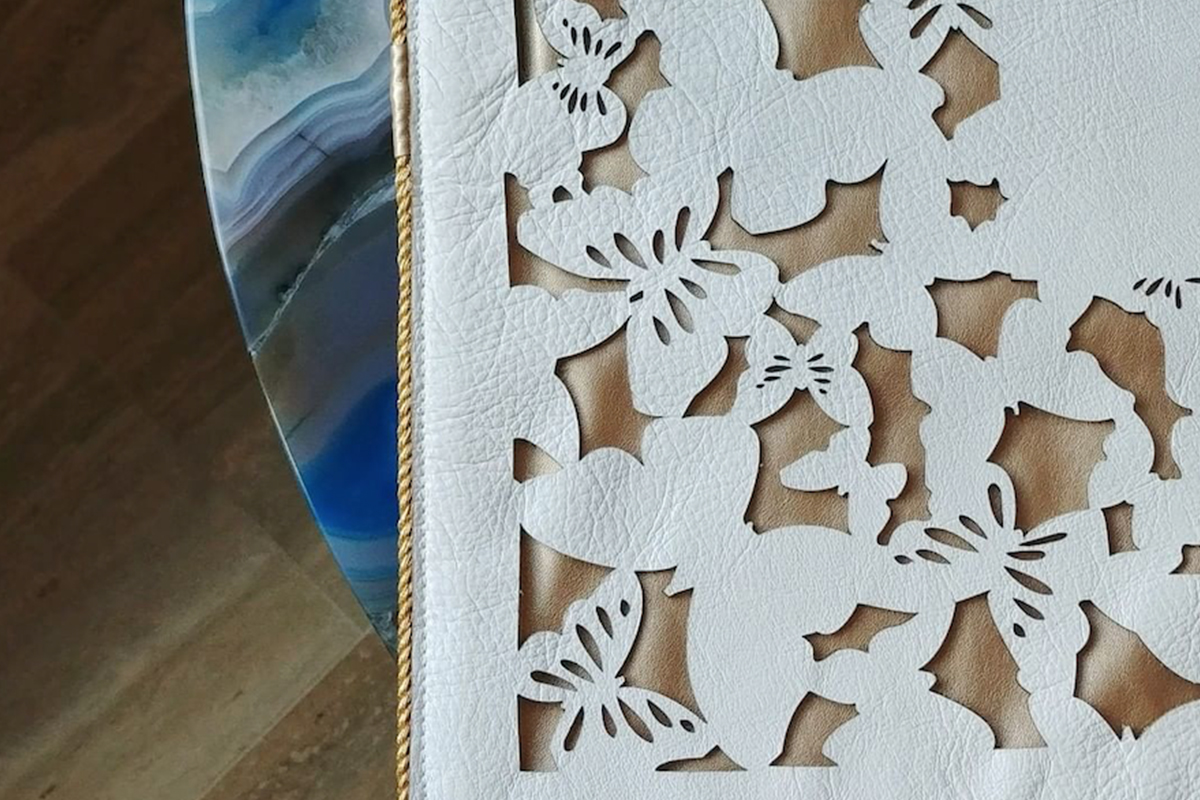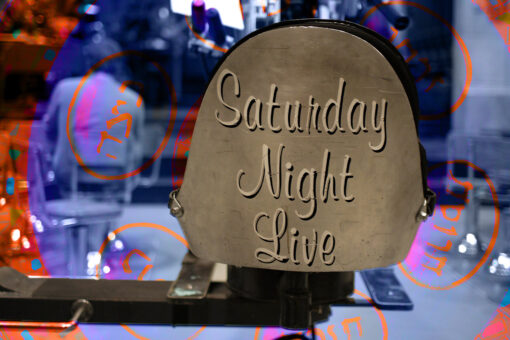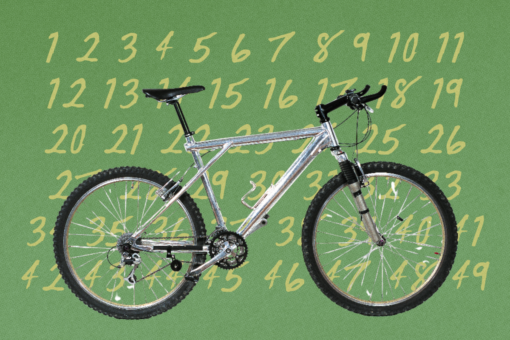When Sephardic boys become men at 13, they’re traditionally gifted a tefillin and tallit bag for their phylacteries and prayer shawls, respectively. In the Sephardic community, we call these square carriers corachas — which translates to “leather pouches” in Ladino (a Judeo-Spanish language). Our ancestors used them for traveling purposes like we do now (even if it’s just to walk down the block to synagogue).
In addition to bar mitzvah boys, corachas are gifted to Sephardic men before they’re married. Fiancées often spend months needlepointing these colorful textured pouches to present at the Swanee, a special occasion where they exchange gifts with their husband-to-be. Some women begin stitching the bags before they even meet their future husband, leaving the name blank. If they can’t finish in time for the wedding, they’ll often hire a Syrian needlepointing service or seek help from their mother or grandmother.
Needlepoint is a very old tradition that dates back to ancient times, according to Morris Shweky, the creative director of Stitches, a store based in Brooklyn and New Jersey that designs handpainted needlepoint canvases. “Historically, stitching onto leather, either for religious articles or otherwise, was not uncommon,” he says. During the Holocaust, when Jews were stripped of their livestock and wanted to be inconspicuous, they turned to velvet bags in lieu of cowhide.
But painted canvases for needlepoint corachas didn’t surface until the ‘80s and ‘90s — when artists began designing bags with Jewish scenes and motifs. Eventually, painted needlepoint canvases for corachas became widespread in the Syrian community and velvet bags became old-fashioned. “In very recent years Jewish people came to realize that [Jewish] imagery isn’t necessary to keep customs and mitzvot alive,” Shweky adds. Because of this, artists have started modernizing coracha designs, replacing the Western Wall and Har Sinai with geometric shapes and textured materials.
In the last few years, Jewish women have been expanding beyond needlepoint bags for all-leather corachas that beckon many Sephardic customers to their roots. Fortune Chalme, the 29-year-old Sephardic designer and founder of Gilded in Leather, laser cuts genuine leather tefillin bags, challah covers, and other Judaica, which she sells through her online store. I chatted with the New York-based designer about how she got started in this business and the unique way she approaches each design.
What inspired you to start designing and laser-cutting tefillin bags?
I got engaged during my senior year at the School of Visual Arts, where I was a fine arts major. At the time, I was creating performance and video art. In the Syrian Jewish community, it is traditional for a bride to needlepoint a coracha by hand for her future husband. The prayer bag is then presented and displayed on the groom’s Swanee table.
When it came time for me to make a tefillin bag for my soon-to-be-husband, the first thing I told my fiancé was: “I am going to make you the coolest coracha that has ever existed.” The second thing was: “It’s not going to be now. Because right now I need to focus on my final thesis.” I wanted to be able to focus all of my creative energy on this bag at the right time. In a way, I felt like this bag was a physical representation of my love for him.
I knew that I did not want to go the traditional needlepoint route. I was never one to follow the crowd. I wanted to make something completely different. I told myself I am an artist, I can make something amazing. I wanted to make a coracha that was edgy, yet sophisticated, modern yet incorporating our beautiful heritage and tradition. I had seen laser-cut leather necklaces but never before had I seen it in Jewish ritual objects. So I decided I would make the first-ever laser-cut leather coracha for my husband.
What is the inspiration behind your designs? What does your design process look like?
For my husband, I was inspired by his passion and love for his guitar. He’s a Levi — during the time of the Temple, it was the Levi’s job to play music. I loved that and thought I definitely wanted to incorporate that part of his identity into his bag. The coracha should be a reflection of the man’s identify. It is very important when I meet with customers to get a true understanding of their identity so that I can design a custom coracha unique to them.
So I started to draw his guitar. I took a picture of it and uploaded it to Adobe Illustrator. I played around with it until I got an abstract version of a guitar made from geometric shapes. When I design for laser cutting, I must be aware of the positive and negative space. I make sure that the shapes don’t overlap and that they are not too close to each other so that they won’t create unwanted cuts.
Each material has different settings that are determined by general guidelines, but mostly by trial and error. If any part of this process is done in even the slightest way incorrectly, the entire piece of leather can be destroyed, so I must be extremely careful. Once the leather is laser cut, it is wiped down and the fabric and trim are chosen and then the coracha is sewn together.
What are some of your favorite pieces you’ve made and why?
I love the diamond challah cover. It’s modern and has an architectural vibe to it. I also really love my mezuzah case. I love how these small objects showcase how intricate laser cutting can be.
How do you see your business expanding?
I want to grow my online brand and branch out to other communities. Right now, I also make challah covers, matzah covers, mezuzah cases, and vases. My most popular design, though, is a staple: It’s the Jewish Star of David. It’s geometric, modern, and clearly Jewish. I am actually now getting customers that combine both needlepoint and leather. The name [on the bag] is needlepoint and the rest is laser-cut leather. The result is beautiful.
Image via Fortune Chalme’s Instagram



